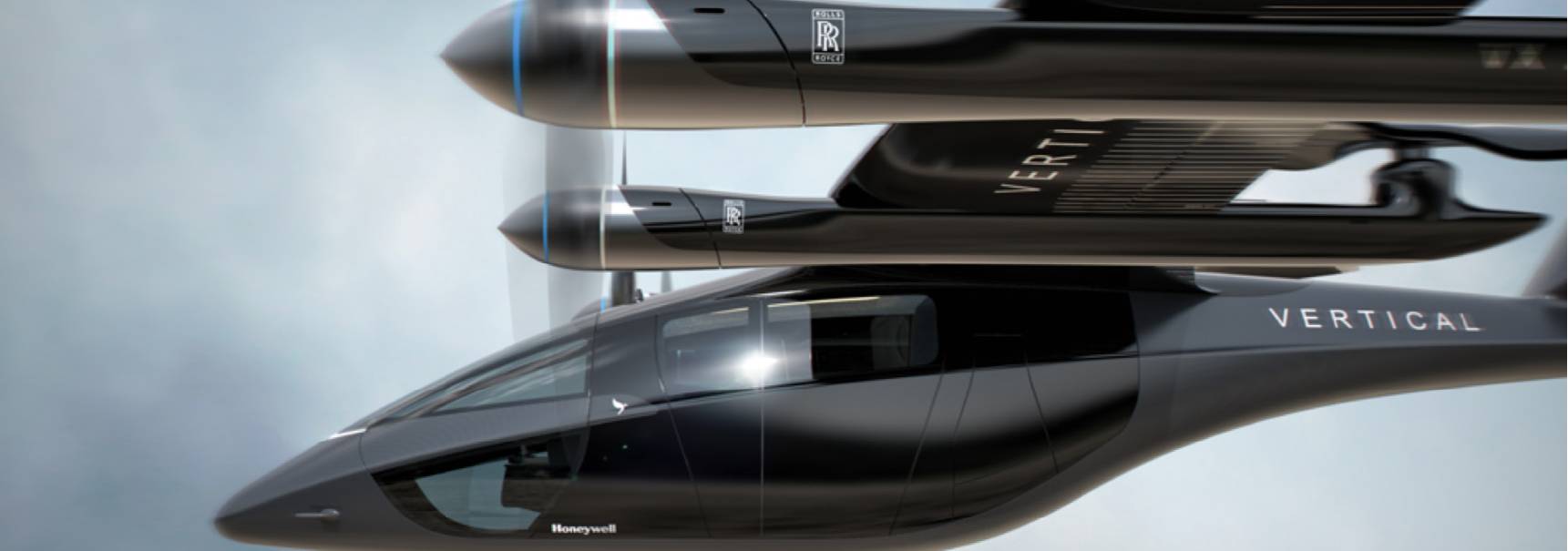AEROSPACE Decarbonising aviation
Together in electric and hydrogen dreams
PAUL ADAMS, Director and aerospace sector specialist at Vendigital, looks at the UK government’s ambitious goals for decarbonistaion of air transport and the implications for traditional aerospace supply chains.
 Airbus’ ZEROe hydrogen powered BWB concept. Airbus
Airbus’ ZEROe hydrogen powered BWB concept. Airbus
The publication of the UK government’s transport decarbonisation plan earlier this year will only enhance interest in demand for electric and sustainably fuelled aircraft. However, this would have a knock-on impact across the supply chain and, to achieve the industry’s jet zero vision in a cost-effective way, effective collaboration will be essential.
Published in June 2021, the government’s transport decarbonisation plan sets out a pathway for achieving UK transportation’s net zero vision. As well as discussing how the plan complements the government’s overall decarbonisation strategy, the report adopts a dual-pronged approach to delivering passenger journeys, while reducing greenhouse gas emissions. This involves not only bringing sustainable technologies to market quickly but also the creation of a fully joined-up, multi-modal transportation system.
Accelerating carbon emission reductions
Over the last 50 years, ongoing technological developments within the sector have enabled significant reductions in carbon emissions. However, it is clear that improvements are not happening quickly enough, with the Climate Change Committee (CCC) predicting that the UK aviation sector will become the second-largest contributor to greenhouse gas emissions by 2050, unless significant action is taken. There is an urgent need to introduce more sustainable methods of air travel, including electric aviation and the use of sustainable fuelling solutions, such as hydrogen.
Globally, a large number of companies are competing to develop low-emissions methods of air transport. This includes eVTOL manufacturers, such as Bristol-based air taxi company, Vertical Aerospace, which is aiming to launch its first commercial passenger flight by 2023. However, in reality, the small scale of these solutions makes them better suited to a future transport ecosystem complementing autonomous electric vehicles and potentially replacing some elements of rail travel, rather than long-haul passenger flight.
Major players within the aerospace industry are investing in the potential of sustainable aviation fuels (SAFs). For example, in October 2021, Rolls-Royce and Boeing announced a partnership, in collaboration with World Energy. This will focus on testing a 747 Flying Testbed, using 100% sustainable aviation fuel on a Trent 1000 engine. Rolls-Royce has also announced a commitment to ensure all its large engines are compatible with SAF by 2023.
It is important to bear in mind that, throughout its entire history, the commercial aviation industry has relied on a single fuel source. For this reason and to optimise its future performance, it is important that the sector is united in choosing a sustainable replacement for kerosene. Currently, hydrogen appears to be the front runner for the long term, with Airbus pledging to bring a hydrogen-fueled aircraft to market by 2035. However, in reality, there are still a number of practical challenges around its use, including the investment needed to replace legacy infrastructure at airports around the world.
Carbon emission reducers, assemble!
One of the key challenges facing the industry on its journey to the jet zero future is the need to adapt its procurement style to effectively nurture and develop sustainable technologies. For example, components, such as batteries will need to be procured from major specialist organisations supplying multiple industries. This means that aerospace OEMs are unlikely to have the ability to design bespoke batteries which meet their individual needs, as they have previously enjoyed. This will require a new collaborative approach to both product and supply chain design.
Indeed, many still believe the industry is characterised by adversarial supplier relationships. However, this will not support a change of approach required to achieve net zero emissions. In order to rapidly bring sustainable technologies to market and industrialise them at every level of the supply chain, cross-industry collaboration, combined with government support, will be essential. As part of this process, OEMs may need to team up with smaller suppliers and learn lessons from other areas of UK industry that have made more progress on their journeys to net zero, such as the automotive sector.
 Vertical Aerospace’s all electric VA-X4 concept. Vertical Aerospace
Vertical Aerospace’s all electric VA-X4 concept. Vertical Aerospace
The standardisation and simplification of components will also be key to the development of more sustainable aircraft. While OEMs have historically had access to bespoke technologies, they may need to adapt their procurement approach in the future by purchasing more ‘off-the-shelf’ solutions.
The entire industry, particularly in the UK, must also consider how to build composite capability further down the supply chain. Composite materials are key to light-weighting future aircraft and, due to the nature of working with composites, careful thought needs to be given to the end-to-end supply chain process, in order to deliver a more cost-effective model.
Value from the start
Considering the true design cost of emerging technologies at an early stage will also make a difference as to whether they make it to market. Investors have learnt some tough lessons through their experience in green power generation and electric vehicle technology, both in terms of risk and returns in a competitive space. With investors now becoming more clued-up when it comes to assessing the commercial viability of developments, it is vital that start-ups are able to demonstrate the value that their technological solutions will bring and provide a clear roadmap for achieving cost reductions, as well as technology.
To support all of this it is clear that addressing the climate change crisis and achieving ‘jet zero’ will require some of the industry’s best scientific and technological brainpower. As such, the recent influx of people from more diverse backgrounds into STEM subjects can only be a positive driver for the industry, many of whom state climate change as motivation for their choice.
Through effective cross-industry collaboration, the sector can become united in the common goal of achieving its jet zero ambitions and moving UK transportation towards a more sustainable future.
 Airbus’ ZEROe hydrogen powered BWB concept. Airbus
Airbus’ ZEROe hydrogen powered BWB concept. Airbus